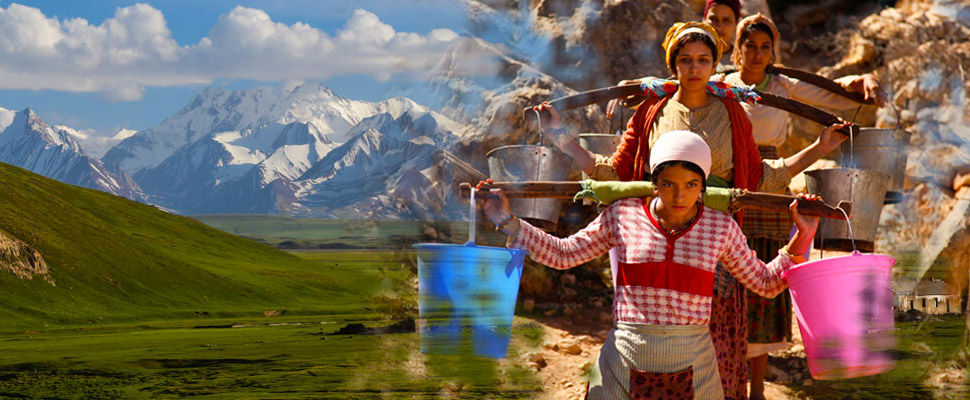Women and the environment: how they work to improve their conditions
Listen this article
The lack of access to water in Kyrgyzstan puts women's safety at risk. But they now fight for equal access to water resources

The lack of water poses a danger to the health and well-being of any human being. However, when access is limited and women are the ones who must collect the liquid for their families, this poses an even greater risk for them in terms of security -because they may suffer violence in the tours- and in health- since long distances produce harmful effects on health in the long term.
Leer en español: Mujeres y medio ambiente: así trabajan ellas para mejorar sus condiciones
This is reported by UN Women, which describes the journeys, but also the empowerment of rural women in rural Kyrgyzstan. In this Asian country, which shares borders with China, Uzbekistan, Tajikistan, and Kazakhstan, access to water becomes an odyssey during the spring and summer due to the decrease in the flow of rivers due to climate change and agriculture in Uzbekistan
Why are women the most affected?
According to UN Women, it is girls and women who are most affected by this situation since collecting water is a task that falls to them. That is why every time there is less water, women and girls are forced to travel greater distances to collect water and be able to take it home.
The situation poses a challenge for women in terms of safety and health. Shakhodat Teshebayeva, a peasant in the region, states that "going to collect water at night is a dangerous task: it puts women at risk of violence, and the long distances that we are forced to travel can have detrimental effects on our long-term health".
Read also: Greta Thunberg: the environmental influencer we need
When confronted with this problem, Teshebayeva decided to do something about it and improve the conditions that peasant women face. UN Women explains that a self-help group was created to create equality in access to water and in the decisions that are made regarding the collection of the liquid, which were in the hands of the men of the village.
Female power and the environment
Thanks to the creation of this first group, the UN supported the creation of 14 other groups that have made it possible to connect women with local governments so that they can participate in decision-making. In addition, the groups provided training so that the peasants can generate income and guarantee their safety and subsistence.
The work of the women farmers, in collaboration with the UN, shows that the inclusion of women in decision-making improves the quality of life of the communities in which they find themselves. Additionally, by actively participating, they make visible problems that affect them most and that are not usually approached correctly by not taking into account their perspective.
LatinAmerican Post | Marcela Peñaloza
Translated from "Mujeres y medio ambiente: así trabajan ellas para mejorar sus condiciones"





